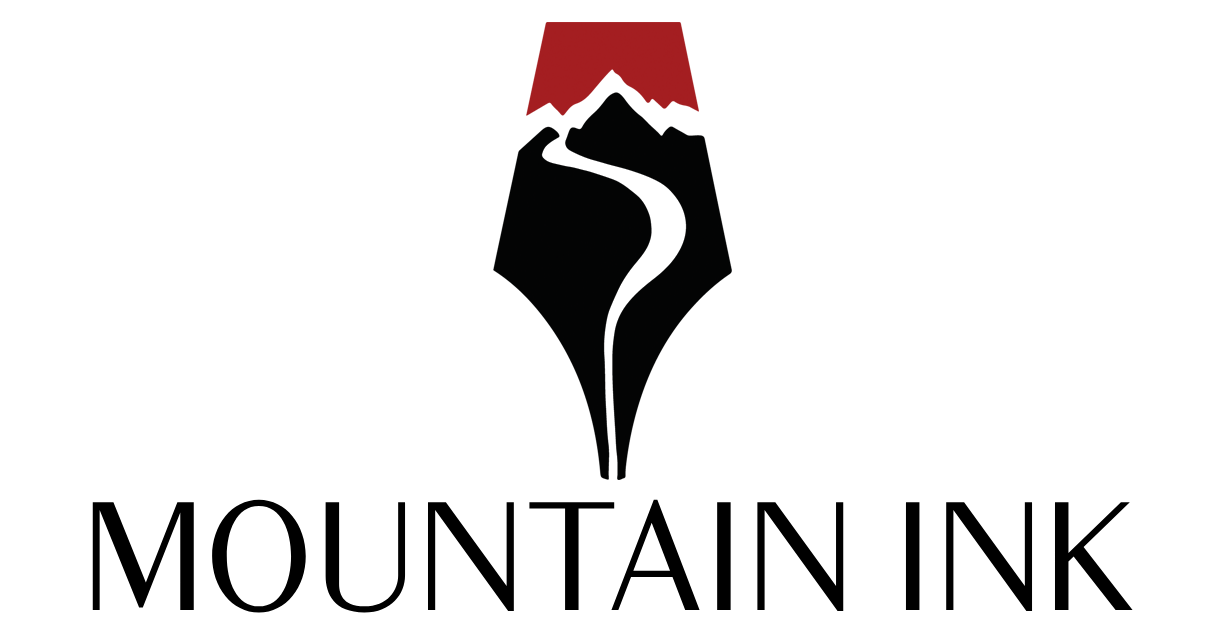Brooding Eyes on Bridge

Arif Nazir is a Staff Writer at the Mountain Ink.
Darsh Dawood is a bachelors student of journalism at GWC,…



 +8
+8 Thirty one winters later, Ghulam Mohammad Dar still carries the first carnage of militancy-era in his head like a nightmarish strife. Besides changing Kashmir, the bridge butchery altered this erstwhile newsagent forever.
It’s been a sad transformation, he says looking at a dead pigeon floating on frosty waters under the bridge.
That day, he recounts, many of them met the pigeon’s fate in that ice-covered water body.
Kashmir’s winter of discontent had begun. The other day’s neighbouring assault had set the stage for the temper fury. People in hundreds were heading towards the bridge in a solidarity march.
But they were soon running for their lives.

While many fell into the water body, some, he pauses and points at the dangling meat in a nearby butcher’s shop, were lying as lifeless on the bridge as that slaughtered animal.
Support Our Journalism
You are reading this because you value quality and serious journalism.
But, serious journalism needs serious support. We need readers like you to support us and pay for making quality and independent journalism more vibrant.
“How did it change a commoner like you?”
He looks at the bridge, like he was doing that day, when mean machines meant massacre.
A carefree newsagent—whose dawn routine would take him to the winding alleys of downtown filled with a ‘militant mood’ and the raging rumours by late eighties—was living his own Srinagar spirit.

Kashmir was changing, so were men of his ages—betrayed by the ballot, bitten by the system, and beaten by the ‘idea of democracy’ in Kashmir.
As their ‘polling agent’ conviction sent them packing to prisons, he could hear the altered street din and discourses.

In the era of rising stardom of Michael Jackson and a boy-faced Tom Cruise—then twin heartbeats of teens in Srinagar—Dar saw the rising readership of an author speaking truth to the power.
With status quo waning and old empires crumbling across the globe, the old promise looked very much possible.
And then, it happened.

In his own neighbourhood, a boy became a mindful of shifting sands in global order and went to confront Soviets in the “theatre of holy war”.
Later, the pioneers of firepower would run their own clandestine campaign in the community of transporters—whose evolution from National Conference vote-bank to a defiant pocket—would herald a new order.


“All this was a part of the change the young and restless were seeking for long,” he says, looking at the faded poster of a Kashmiri still lying in Tihar Jail.
“So, now, after the boys were betrayed and beaten in the game of ballot, they made this bridge township an epicenter of a new cry—the cry of liberty.”

When the same boys, including an incarcerated native, carried the dramatic hostage swapping spectacle in the heart of Srinagar, the town threw its weight behind the boys talking about the sweeping change.

“And then, he came on the orders of the hostage’s father, and committed carnage here…”
“Who did?”
“Who could, except Jagmohan?”

Later the Raj Bhavan ramrod would give it away, in one of his rarest interviews given to a roving reporter from Delhi — then freely covering Kashmir amid a gag on local press and ban on “adverse” foreign scribes.
As Delhi’s disciplinarian of the defiant valley, he said it with a straight face, “A few of those bloodletting episodes were unfortunate, but they did curb the menace.”

Before his own backer removed him from Raj Bhavan for presiding over the carnage of the assassinated cleric’s mourners, the controversial governor wrote Gaw Kadal as its worst legacy—just two days after he came as a “nurse orderly”.
After that bridge butchery on January 21, 1990—killing around 52 Kashmiris and wounding hundreds—Kashmir was never the same again.
With Pandits deserting the valley, many fear the cold-carnage would continue without any halt.

At the bridge, the witness breaks his sullen silence with a monologue of sorts.
“What should I tell you about it now? Should I detail the scene of how I saw corpses on the bridge? Or, shall I tell you about that brute officer commanding kill orders? Or, maybe, I should describe those men, who played dead that day? Or, perhaps narrate those raids that followed after the killings…”
At late sixties, he’s still in a frozen time-frame. His leisurely strolls often end up as a silent musing on the bridge. The chilling winter of Kashmir’s collective memory seems to have taken its own toll on the witness.

“The blood they spilled that day is refusing to thaw thirty one years later,” he says.
Before walking back, he takes another look at the lifeless pigeon in the frozen waters below. Along with the butchered animal and the faded poster of the rebel nearby, a stark resemblance continues to take him to the day when the defiance and death forever changed the witness’s hometown.
To help us strengthen the tradition of quality reading and writing, we need allies like YOU. Subscribe to us.
Mountain Ink is now on Telegram. Subscribe here.
Become Our Ally
To help us strengthen the tradition of quality reading and writing, we need allies like YOU. Subscribe to us.
Darsh Dawood is a bachelors student of journalism at GWC, Srinagar. He is currently interning with the Mountain Ink.


































